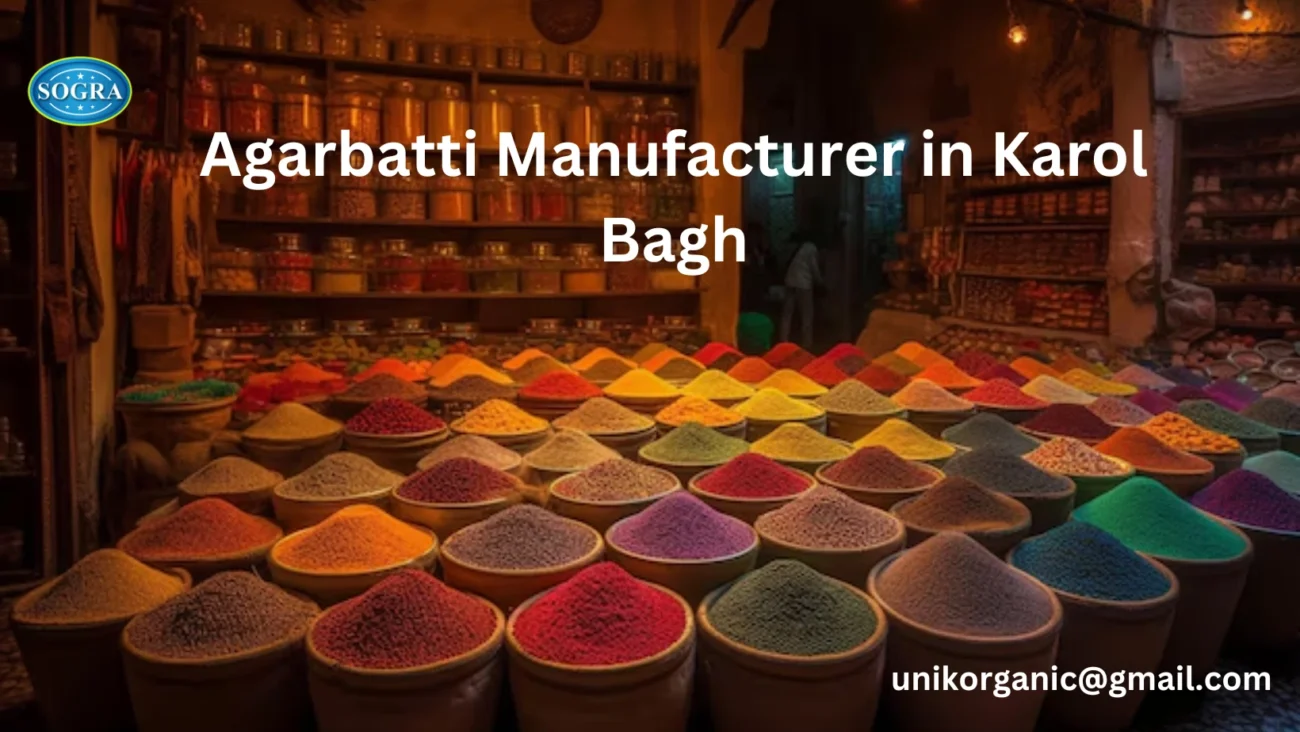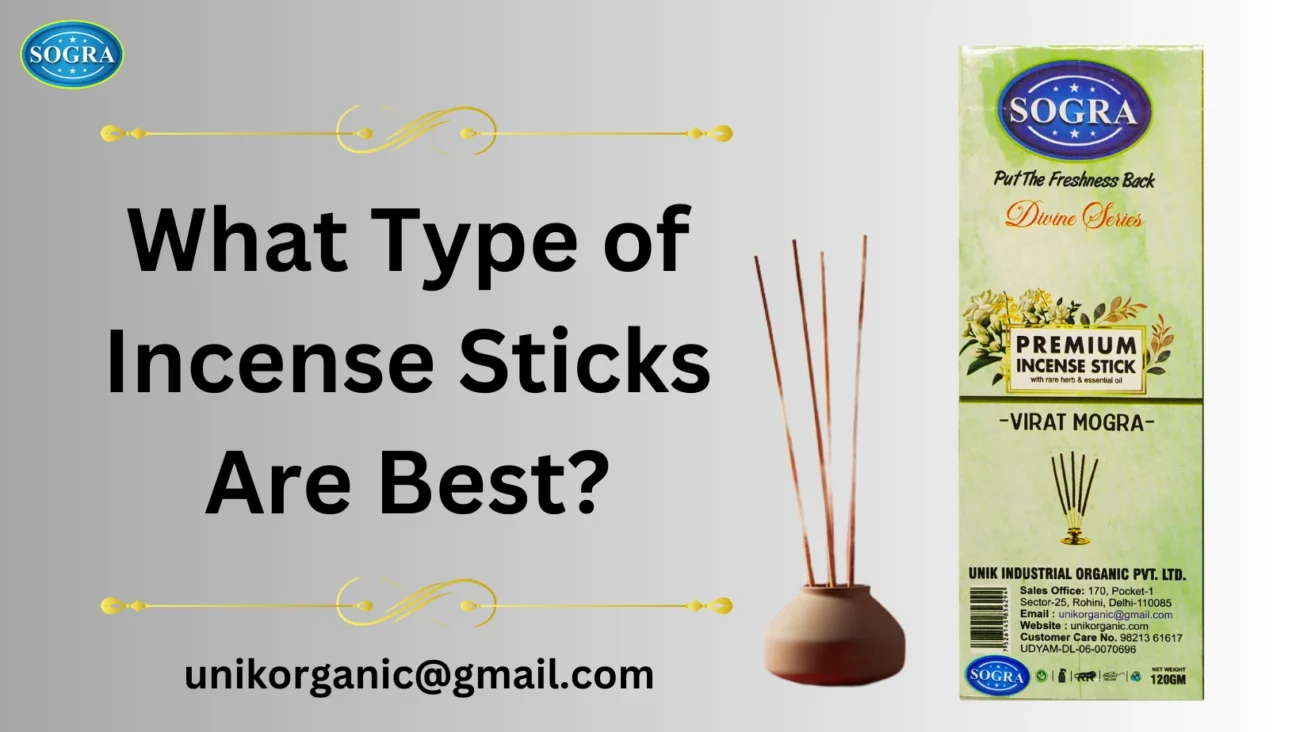
Introduction
Incense sticks have been a staple in spiritual and relaxation practices for centuries. Whether you’re looking to create a serene atmosphere, enhance meditation, or purify your space, incense sticks offer a simple yet powerful solution. This guide will walk you through how to use incense sticks effectively, explore the different types available, and highlight the many benefits they provide.
1. Types of Incense Sticks
To make the most of your incense experience, it’s essential to understand the different types of incense sticks available:
- Traditional Incense Sticks: These are made from a combination of natural ingredients like herbs, resins, and flowers. Commonly used in spiritual practices, they release a soothing fragrance when burned.
- Masala Incense Sticks: Masala sticks are crafted by rolling a paste of aromatic materials onto a bamboo stick. They have a thicker coating and emit a rich, earthy aroma.
- Dipped Incense Sticks: Unlike masala sticks, dipped incense sticks are unscented sticks soaked in fragrance oils, resulting in a stronger and more intense scent.
- Floral Incense Sticks: Floral sticks use flower extracts such as rose, jasmine, and lavender. They produce a gentle, calming fragrance ideal for relaxation.
- Herbal Incense Sticks: These sticks are made from herbs like sandalwood, patchouli, and sage, often used for meditation and aromatherapy.
2. How to Use Incense Sticks
Using incense sticks is straightforward, but following these steps will ensure you get the most out of them:
- Choose the Right Incense Stick: Select an incense stick that suits your purpose, whether it’s for relaxation, meditation, or air purification.
- Prepare the Space: Ensure your space is well-ventilated. Place a heat-resistant incense holder on a stable surface.
- Light the Incense Stick: Hold the incense stick at an angle and light the tip with a match or lighter. Let the flame burn for a few seconds, then gently blow it out to create a glowing ember.
- Place the Stick in the Holder: Position the incense stick in the holder, ensuring the burning tip is pointing upward and away from flammable materials.
- Enjoy the Fragrance: As the incense burns, it releases aromatic smoke that fills your space. Relax and enjoy the scent.
- Extinguish Safely: If you need to extinguish the incense before it burns out, tap the glowing end into the holder or a bowl of sand.
3. Benefits of Using Incense Sticks
Burning incense sticks offers numerous benefits:
- Promotes Relaxation: Scents like lavender, sandalwood, and jasmine can help reduce stress and create a peaceful environment.
- Enhances Meditation and Focus: Incense sticks aid meditation by clearing the mind and improving concentration.
- Purifies the Air: Natural ingredients in incense sticks can cleanse the air and eliminate odors.
- Connects to Spirituality: Many use incense during spiritual rituals to connect with higher consciousness or create a sacred space.
- Provides Aromatherapy: Different scents can influence mood, helping to uplift, calm, or energize the mind.
4. Safety Tips for Burning Incense Sticks
While incense sticks are generally safe to use, it’s important to follow these precautions:
- Ventilate the Room: Always burn incense in a well-ventilated space to avoid inhaling too much smoke.
- Use a Proper Holder: Place the incense stick in a sturdy, heat-resistant holder that can catch the ash.
- Keep Away from Flammables: Burn incense away from curtains, papers, and other flammable materials.
- Never Leave Unattended: Always monitor burning incense and extinguish it if you need to leave the room.
Conclusion
Incense sticks are a versatile and beneficial tool for enhancing your environment. Whether you’re looking to relax, meditate, or simply enjoy a pleasant fragrance, understanding the different types of incense and how to use them safely will help you make the most of their many benefits.
Frequently Asked Questions (FAQs) About Incense Sticks
1. What are incense sticks made of?
Incense sticks are typically made from aromatic plant materials, essential oils, and a binding agent. Common ingredients include herbs, resins, flowers, and wood powders.
2. How do I light an incense stick?
To light an incense stick, hold it at an angle and light the tip with a match or lighter. Allow the flame to burn for a few seconds, then gently blow it out, leaving a glowing ember.
3. What are the benefits of burning incense sticks?
Burning incense sticks can promote relaxation, enhance meditation, purify the air, and create a calming atmosphere. Some people also use them for spiritual rituals and aromatherapy.
4. Are incense sticks safe to use indoors?
Yes, incense sticks are safe to use indoors, but it’s important to burn them in a well-ventilated area and away from flammable materials. Always use a heat-resistant holder and never leave burning incense unattended.
5. How long does an incense stick burn?
The burn time of an incense stick can vary depending on its size and thickness. On average, an incense stick can burn for 20 to 60 minutes.
6. Can incense sticks be used for meditation?
Yes, incense sticks are commonly used during meditation to create a tranquil environment, enhance focus, and promote a deeper sense of calm.
7. What types of incense sticks are best for relaxation?
Scents like lavender, sandalwood, and jasmine are known for their relaxing properties and are ideal for creating a peaceful atmosphere.
8. How should I store incense sticks to keep them fresh?
Store incense sticks in a cool, dry place, away from direct sunlight and moisture. Keeping them in an airtight container can help preserve their fragrance.
9. What is the difference between masala and dipped incense sticks?
Masala incense sticks are made by rolling a paste of aromatic ingredients onto a bamboo stick, resulting in a thicker coating and earthy scent. Dipped incense sticks, on the other hand, are unscented sticks that are soaked in fragrance oils for a stronger, more intense aroma.
10. Can incense sticks be used outdoors?
Yes, incense sticks can be used outdoors. They are often used in gardens or during outdoor ceremonies to create a pleasant aroma and keep insects away. However, be mindful of the wind, as it can affect the burn and scent distribution.






Pingback: The Mystical World of Incense Sticks: History, Benefits, and Rituals